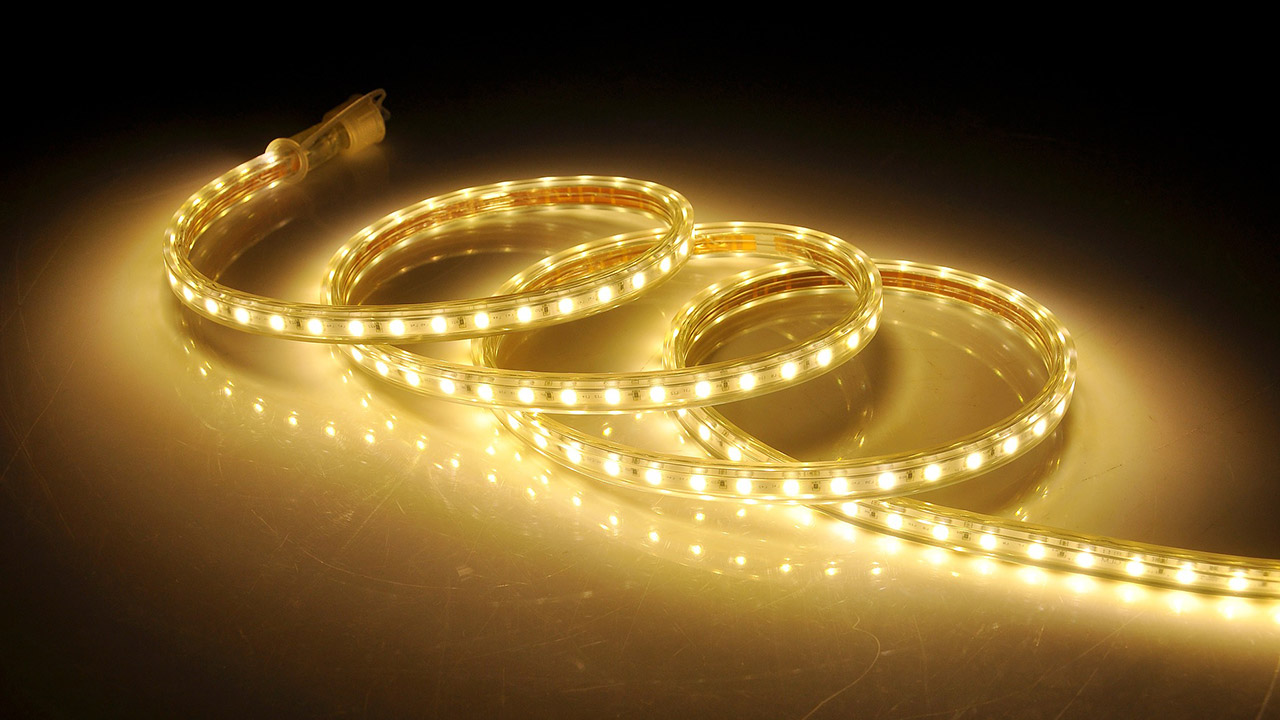

Articles
How To Store LED Strip Lights
Modified: December 7, 2023
Discover the best articles on how to store LED strip lights and keep them organized and protected. Learn essential tips and tricks to ensure your lights last longer and maintain their brightness.
(Many of the links in this article redirect to a specific reviewed product. Your purchase of these products through affiliate links helps to generate commission for Storables.com, at no extra cost. Learn more)
Introduction
LED strip lights are a popular choice for adding ambiance and illumination to any space. Whether you are using them for decorative purposes or as task lighting, proper storage is essential to prolong their lifespan and maintain their functionality. In this article, we will explore the various factors to consider when storing LED strip lights and provide you with some helpful techniques and tips to ensure their longevity.
LED strip lights, also known as LED tape lights, consist of small LED chips mounted on a flexible circuit board. They are versatile, energy-efficient, and can be easily customized to fit any lighting project. However, improper storage can lead to damage, reduced performance, and shortened lifespan of these lights.
When it comes to LED strip light storage, there are several important factors to consider. These include temperature, humidity, exposure to light, and protection against physical damage. Additionally, proper cleaning and maintenance routines should be implemented to ensure the lights remain in optimal condition.
In the following sections, we will delve into these factors in more detail and provide you with practical techniques to store and maintain your LED strip lights effectively.
Key Takeaways:
- Proper storage, cleaning, and maintenance are crucial for maximizing the lifespan and functionality of LED strip lights. Factors such as temperature, humidity, and protection against physical damage should be considered to ensure their longevity.
- Following effective storage techniques, such as using original packaging, reels, and organizing, is essential for preserving the quality of LED strip lights. Regular cleaning and maintenance, including gentle dusting and testing functionality, are also key to maintaining optimal performance.
Read more: How To Connect To LED Strips
Understanding LED Strip Lights
LED strip lights are flexible strips that contain a series of light-emitting diodes (LEDs) embedded on a thin, flexible circuit board. These lights are available in various lengths and colors and can be cut to fit specific applications. LED strip lights are incredibly versatile and can be used for both functional and decorative lighting purposes.
LED strip lights offer several advantages over traditional lighting options. Firstly, they are energy-efficient, consuming much less power while producing the same or even more brightness. This makes them an excellent choice for those looking to reduce energy consumption and save on electricity bills.
LED strip lights also have a longer lifespan compared to traditional lighting options. On average, LED strip lights last up to 50,000 hours, which is significantly longer than incandescent or fluorescent lights. This means less frequent replacement and maintenance, saving you time and money in the long run.
Another advantage of LED strip lights is the ability to customize the lighting effect. LED strip lights come in various colors, including warm white, cool white, and RGB (red, green, blue). The RGB strips can be adjusted to create numerous colors and even dynamic lighting effects, allowing for endless creative possibilities.
LED strip lights are also highly flexible and can be bent or curved to fit around corners, curves, or any other desired shape. This flexibility makes them ideal for applications where traditional lighting options are not suitable.
Furthermore, LED strip lights are easy to install and can be used in both indoor and outdoor settings. They come with adhesive backing for easy attachment to surfaces, ensuring a seamless and neat installation.
Overall, LED strip lights are a versatile and efficient lighting solution. However, to maximize their lifespan and maintain their functionality, proper storage techniques are essential. The next section will cover the key factors to consider when storing LED strip lights.
Factors to Consider for LED Strip Light Storage
When it comes to storing LED strip lights, several factors need to be taken into consideration to ensure their longevity and optimal performance. These factors include temperature, humidity, exposure to light, and protection against physical damage.
Temperature: Extreme temperature fluctuations can have a detrimental effect on LED strip lights. High temperatures can cause the LEDs to overheat, leading to reduced brightness and potential damage. On the other hand, extremely low temperatures can affect the performance of the lights. It is important to store LED strip lights in an environment with a stable temperature range of 40°F to 100°F (4°C to 38°C) to prevent any potential damage or degradation.
Humidity: High humidity can cause moisture to accumulate on the LED strip lights, leading to corrosion and damage to the circuitry. It is important to store LED strip lights in a dry environment with humidity levels below 80% to prevent any moisture-related issues. Consider using airtight containers or moisture-absorbing packets to keep the storage area dry.
Exposure to Light: LED strip lights should be stored in a dark environment to prevent any unnecessary exposure to light. Prolonged exposure to sunlight or other intense light sources can cause the colors to fade and reduce the overall performance of the lights. Keep the LED strip lights stored in a place away from direct sunlight or sources of intense light.
Protection against Physical Damage: LED strip lights are delicate electronic devices and should be protected from physical damage during storage. Avoid storing them in areas where they may be subject to impact, crushing, or bending. Store them in a padded container or wrap them in bubble wrap to provide adequate protection.
Considering these factors when storing LED strip lights will help maintain their functionality and increase their lifespan. The next section will discuss the proper storage techniques for LED strip lights.
To store LED strip lights, roll them up carefully and secure with twist ties or rubber bands to prevent tangling. Store in a cool, dry place away from direct sunlight to prolong their lifespan.
Proper Storage Techniques for LED Strip Lights
To ensure the longevity and optimal performance of LED strip lights, it is crucial to follow proper storage techniques. Here are some effective methods to store LED strip lights:
- Keep them in their original packaging: LED strip lights often come in protective packaging that provides cushioning and prevents damage. If you have the original packaging, it is best to store the LED strip lights in their respective boxes to provide maximum protection.
- Use a reel or spool: LED strip lights are often sold on reels or spools. These reels allow you to neatly wrap the strip lights for storage and prevent tangling or damage to the circuit board. When storing LED strip lights, carefully wind them around the reel or spool in a uniform and organized manner.
- Label and organize: If you have multiple LED strip lights with different colors or lengths, it is helpful to label and organize them accordingly. This will make it easier to locate specific strips when needed and prevent any confusion during installation.
- Store in a cool, dry place: As mentioned earlier, temperature and humidity are important factors to consider when storing LED strip lights. Choose a cool, dry place for storage, such as a closet or cabinet, away from direct sunlight or sources of heat. Ensure the storage area has proper ventilation to prevent any potential moisture buildup.
- Avoid excessive bending or twisting: LED strip lights are flexible, but excessive bending or twisting can damage the circuitry. When storing the strip lights, avoid sharp bends or twists that can weaken the connections and lead to malfunctioning or broken LEDs.
- Protect from dust and debris: Dust and debris can accumulate on the surface of LED strip lights over time, affecting their performance. Before storing the strip lights, clean them gently with a microfiber cloth to remove any dust or debris. Consider using protective plastic or silicone covers to shield the strip lights from dust and debris during storage.
By following these proper storage techniques, you can ensure that your LED strip lights remain in top condition and are ready for use whenever needed.
Cleaning and Maintenance Tips for LED Strip Lights
Proper cleaning and maintenance are essential to keep LED strip lights in optimal condition and ensure their longevity. Here are some helpful tips to effectively clean and maintain your LED strip lights:
- Gently dust the surface: LED strip lights can accumulate dust over time, which can affect their brightness and performance. To remove dust, use a soft, lint-free cloth or a microfiber cloth to gently wipe the surface of the strip lights. Avoid using abrasive materials or harsh chemicals that can damage the LEDs.
- Use mild cleaning solutions: If the LED strip lights have stubborn stains or dirt buildup, you can use a mild cleaning solution. Mix a small amount of mild dish soap or gentle household cleaner with water. Dampen a cloth with the solution and gently wipe the surface of the strip lights. Make sure to wring out the cloth to remove excess liquid and avoid any moisture getting into the circuitry.
- Avoid excessive moisture: While cleaning the LED strip lights, it is important to avoid excessive moisture. Moisture can seep into the circuitry and cause damage or corrosion. Use a damp cloth rather than saturating the strip lights with water or cleaning solution. After cleaning, use a dry cloth to remove any remaining moisture.
- Inspect for damage: Regularly inspect the LED strip lights for any signs of damage, such as broken LEDs, loose connections, or frayed wires. If you notice any issues, it is important to address them promptly. Replace any damaged components or seek professional assistance if needed.
- Check the power supply: LED strip lights rely on a power supply to function properly. Periodically check the power supply to ensure it is in good condition and properly connected. Loose connections or faulty power supplies can affect the performance of the strip lights.
- Test the functionality: To ensure that your LED strip lights are functioning as they should, periodically test them. Turn on the lights and observe if all the LEDs are lighting up uniformly. If you notice any dim or non-functional LEDs, it may be necessary to replace them.
By following these cleaning and maintenance tips, you can keep your LED strip lights in excellent condition and ensure that they provide optimal lighting for years to come.
Read more: How LED Strips Work
Conclusion
LED strip lights are a versatile and popular lighting choice, offering energy efficiency, customization, and durability. Proper storage, cleaning, and maintenance techniques are crucial to preserve their functionality and extend their lifespan.
When storing LED strip lights, it is important to consider factors such as temperature, humidity, exposure to light, and protection against physical damage. Maintaining a stable temperature, storing them in a dry environment, protecting them from light exposure, and preventing physical damage are key elements in ensuring their longevity.
Proper storage techniques for LED strip lights include keeping them in their original packaging, using a reel or spool, labeling and organizing, storing in a cool and dry place, avoiding excessive bending or twisting, and protecting them from dust and debris.
In addition to storage, regular cleaning and maintenance are important to keep LED strip lights in optimal condition. Gently dusting the surface, using mild cleaning solutions, avoiding excessive moisture, inspecting for damage, checking the power supply, and testing functionality are all integral parts of maintaining LED strip lights.
By following these guidelines, you can ensure that your LED strip lights provide efficient and vibrant lighting for a longer period of time. Proper storage, cleaning, and maintenance will not only help you save money on replacements but also allow you to enjoy the full potential of your LED strip lights in any application, be it decorative or functional.
Remember, taking care of your LED strip lights is a simple yet effective way to enhance the ambiance and functionality of any space. So, make sure to implement these storage, cleaning, and maintenance practices to keep your LED strip lights shining bright for years to come.
Frequently Asked Questions about How To Store LED Strip Lights
Was this page helpful?
At Storables.com, we guarantee accurate and reliable information. Our content, validated by Expert Board Contributors, is crafted following stringent Editorial Policies. We're committed to providing you with well-researched, expert-backed insights for all your informational needs.
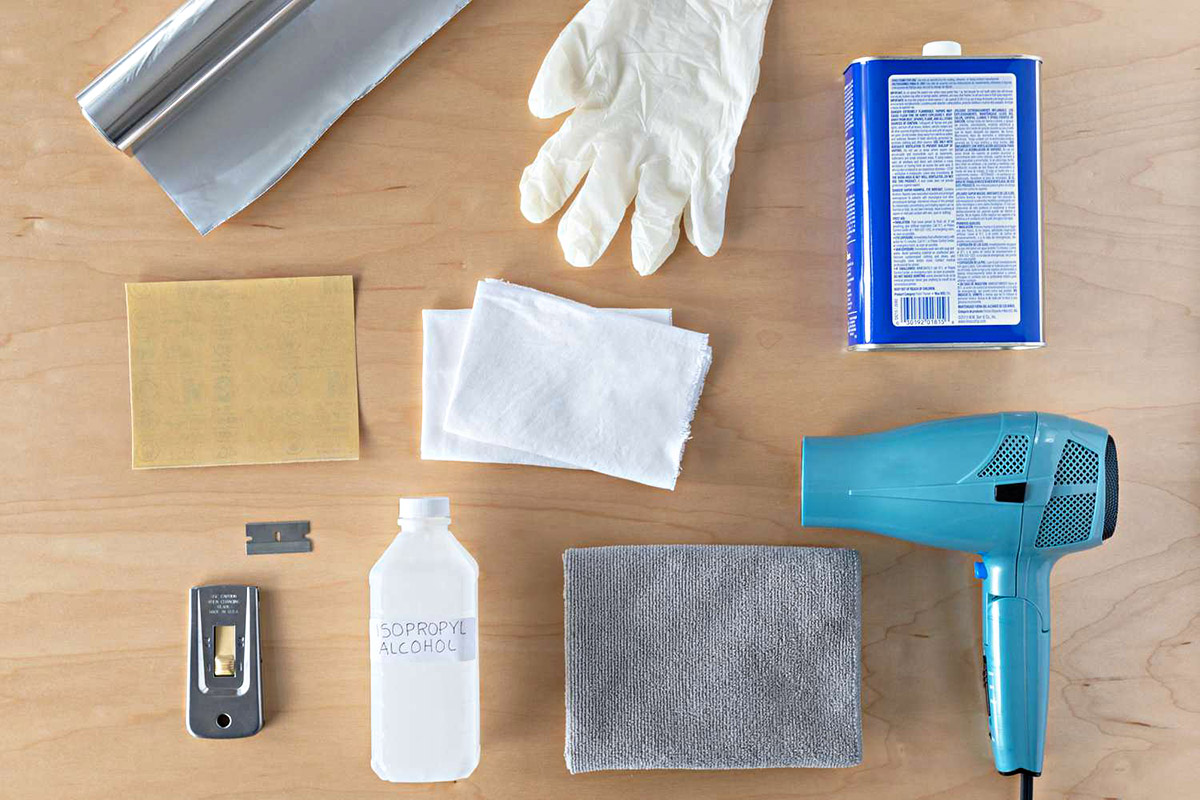
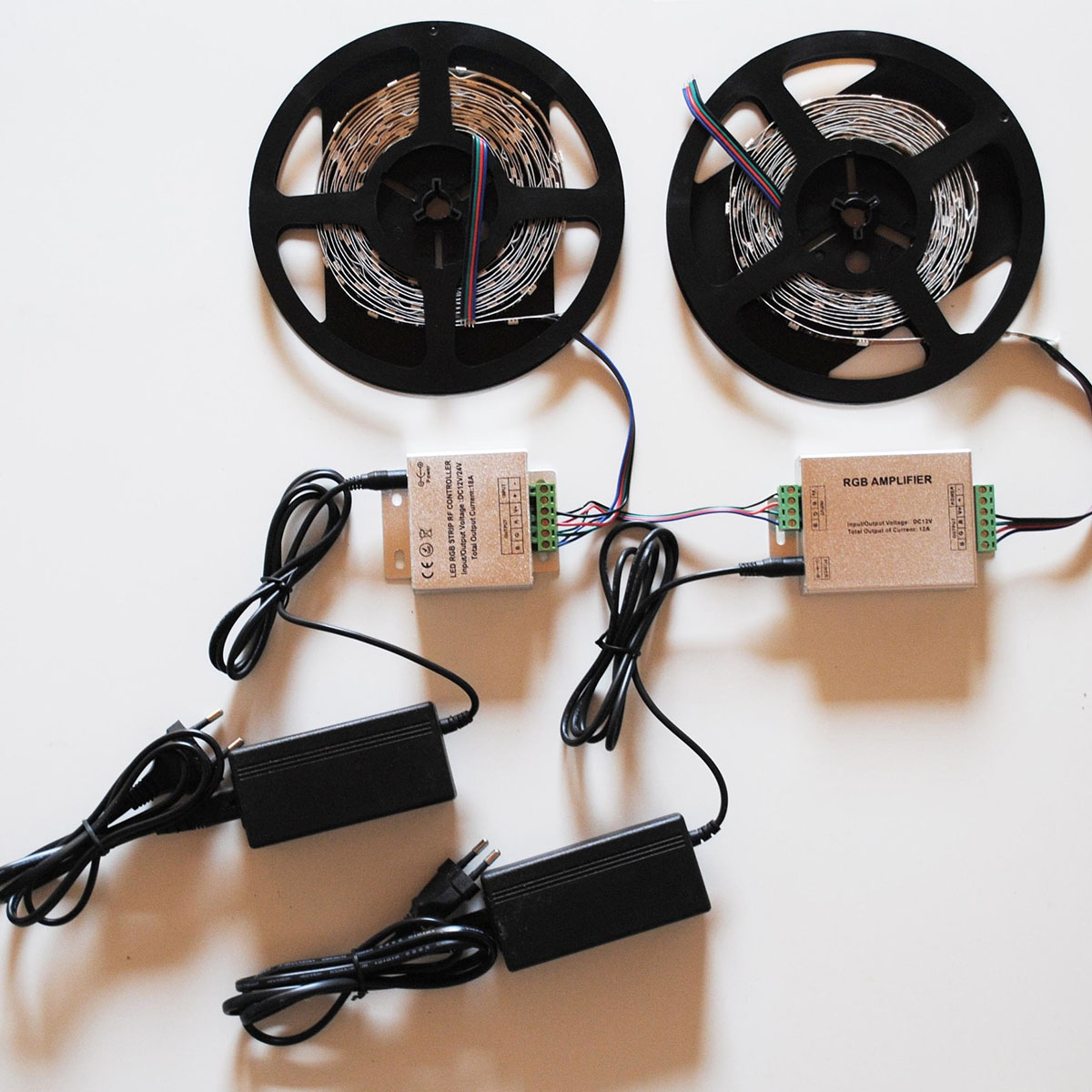
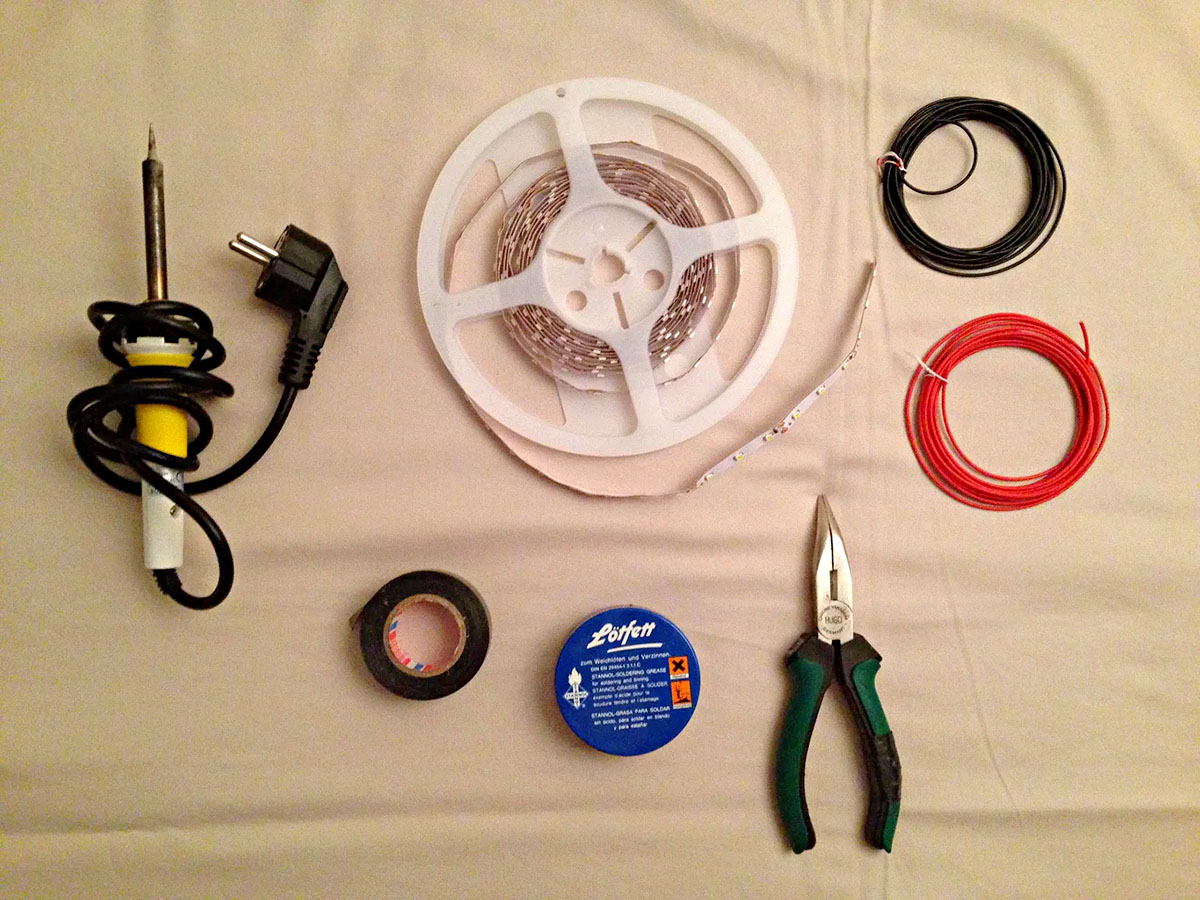
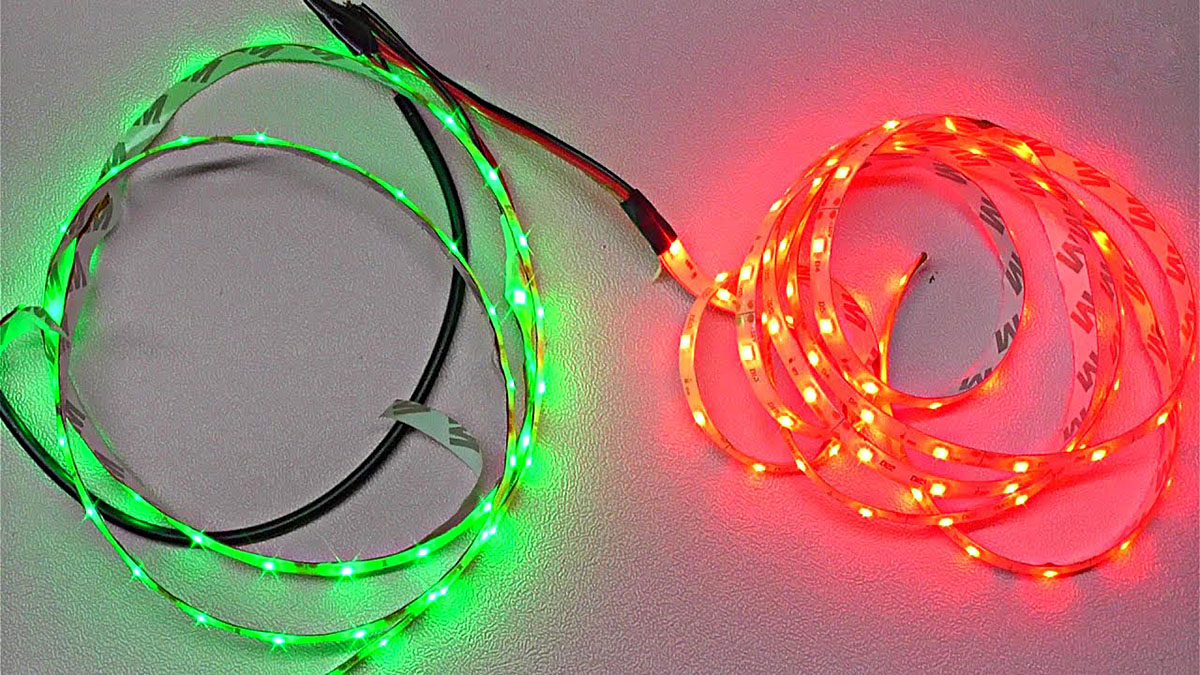
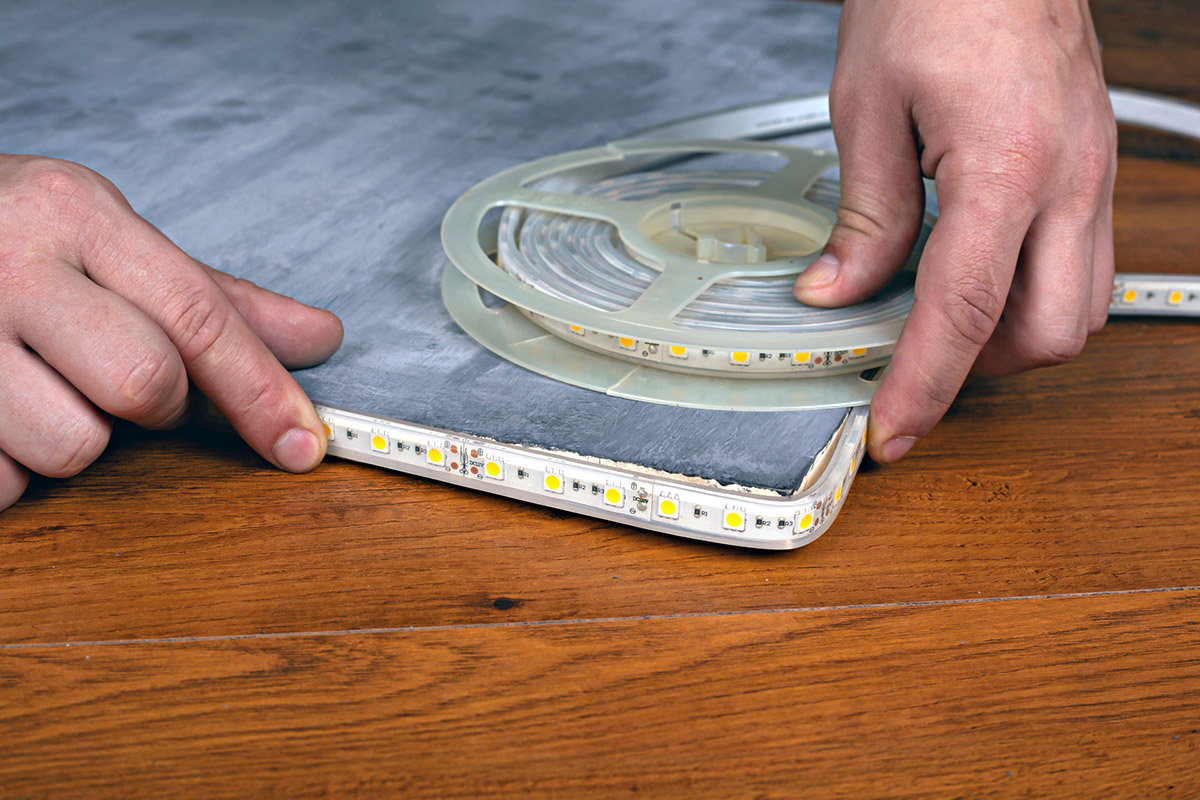
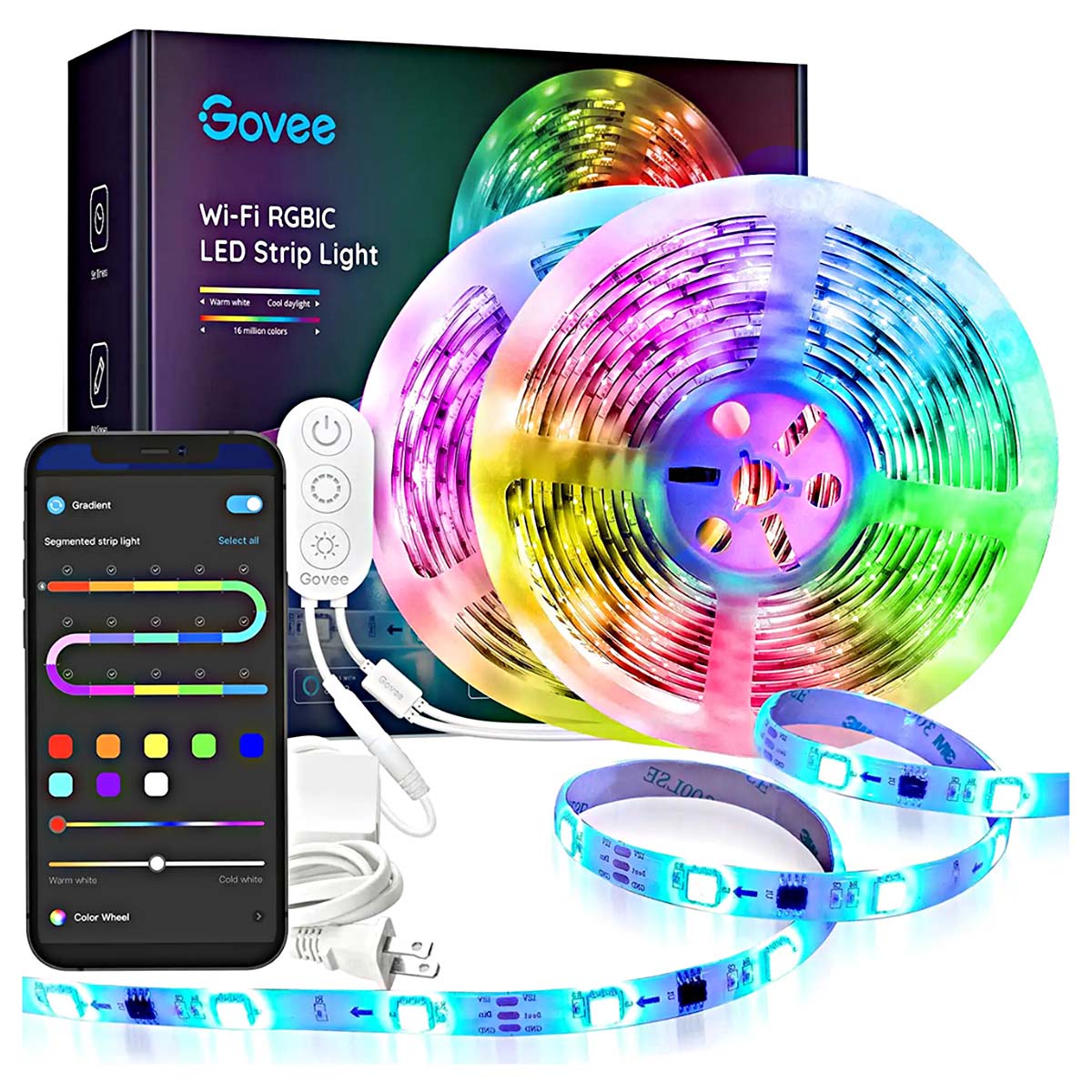
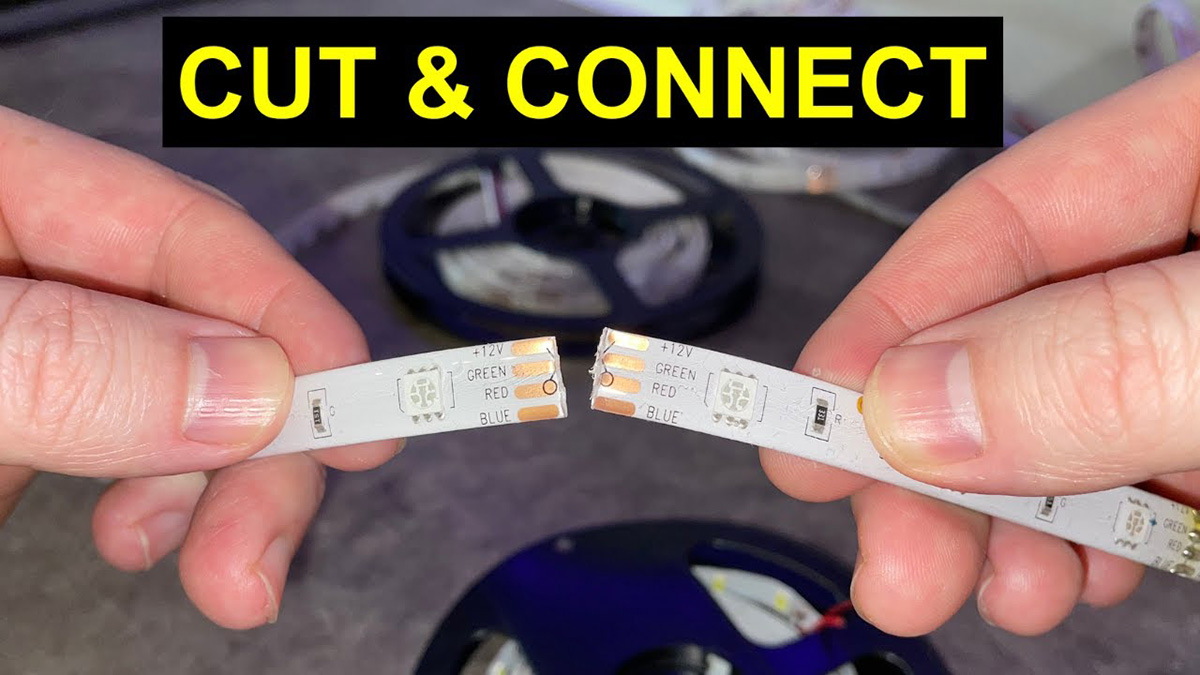
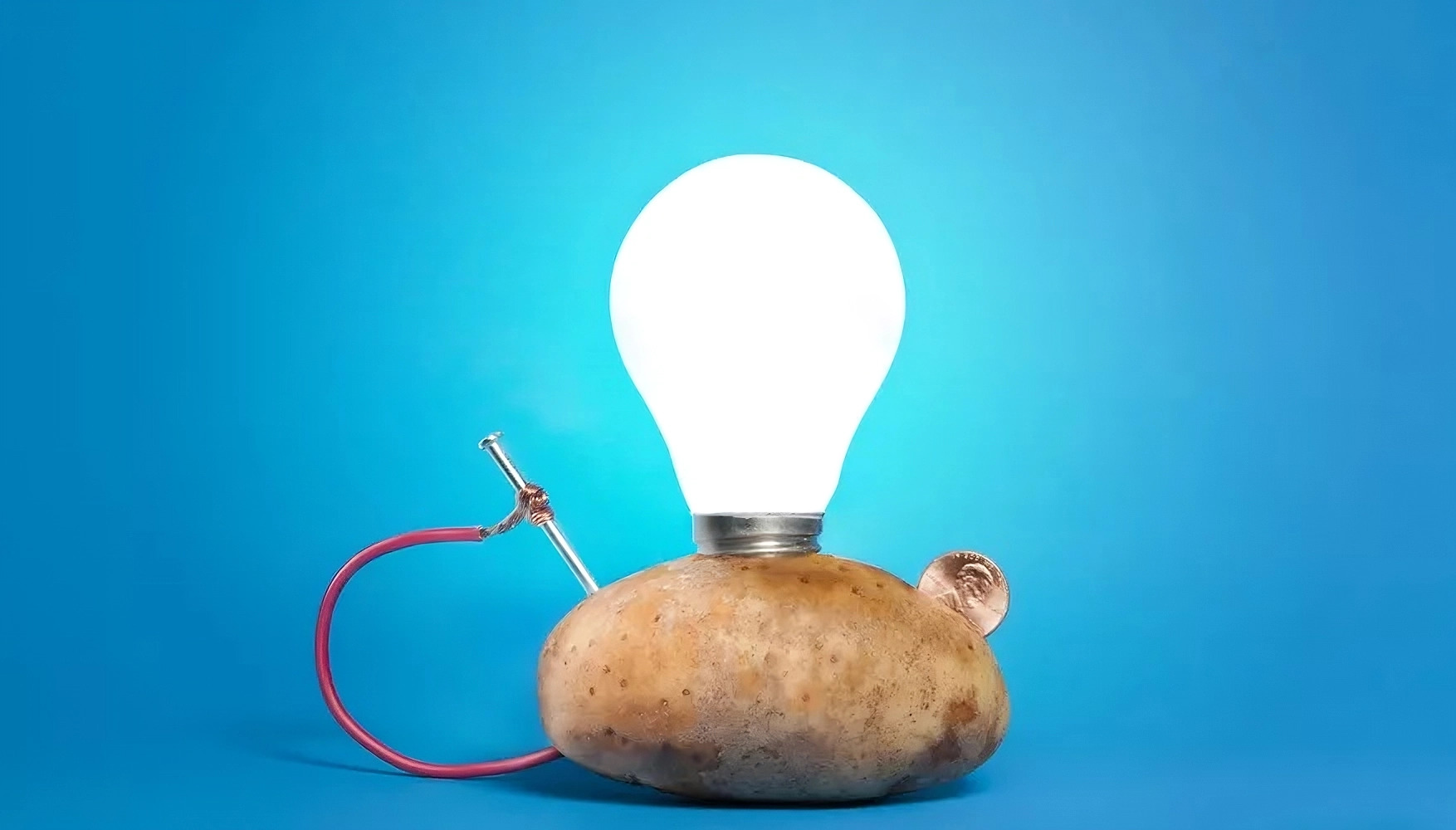
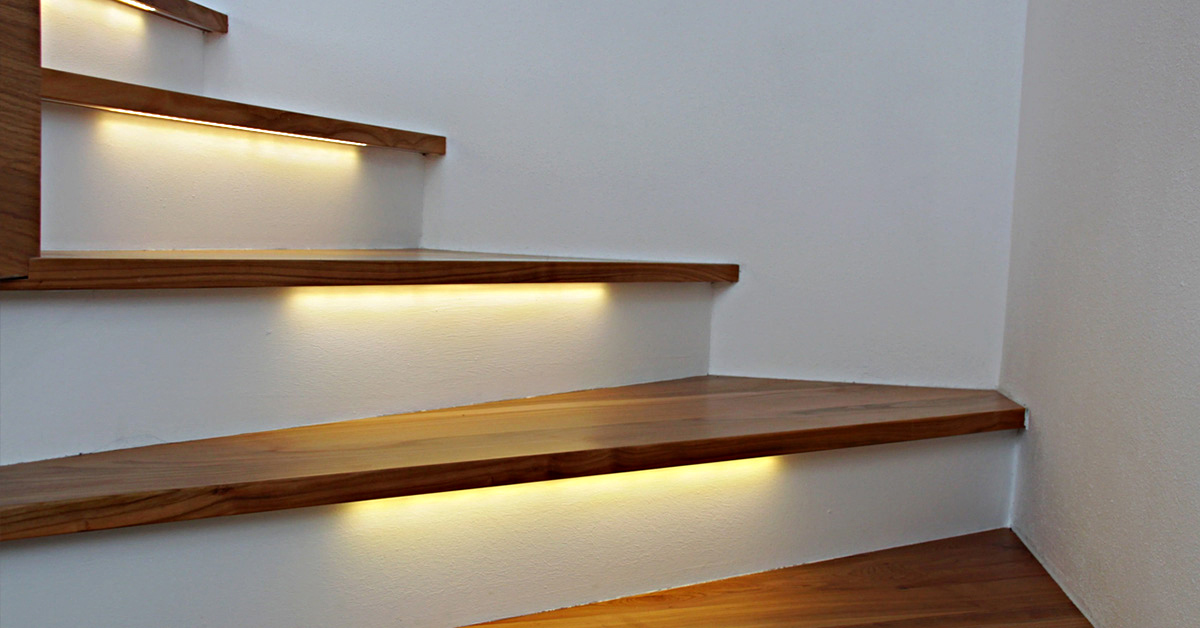
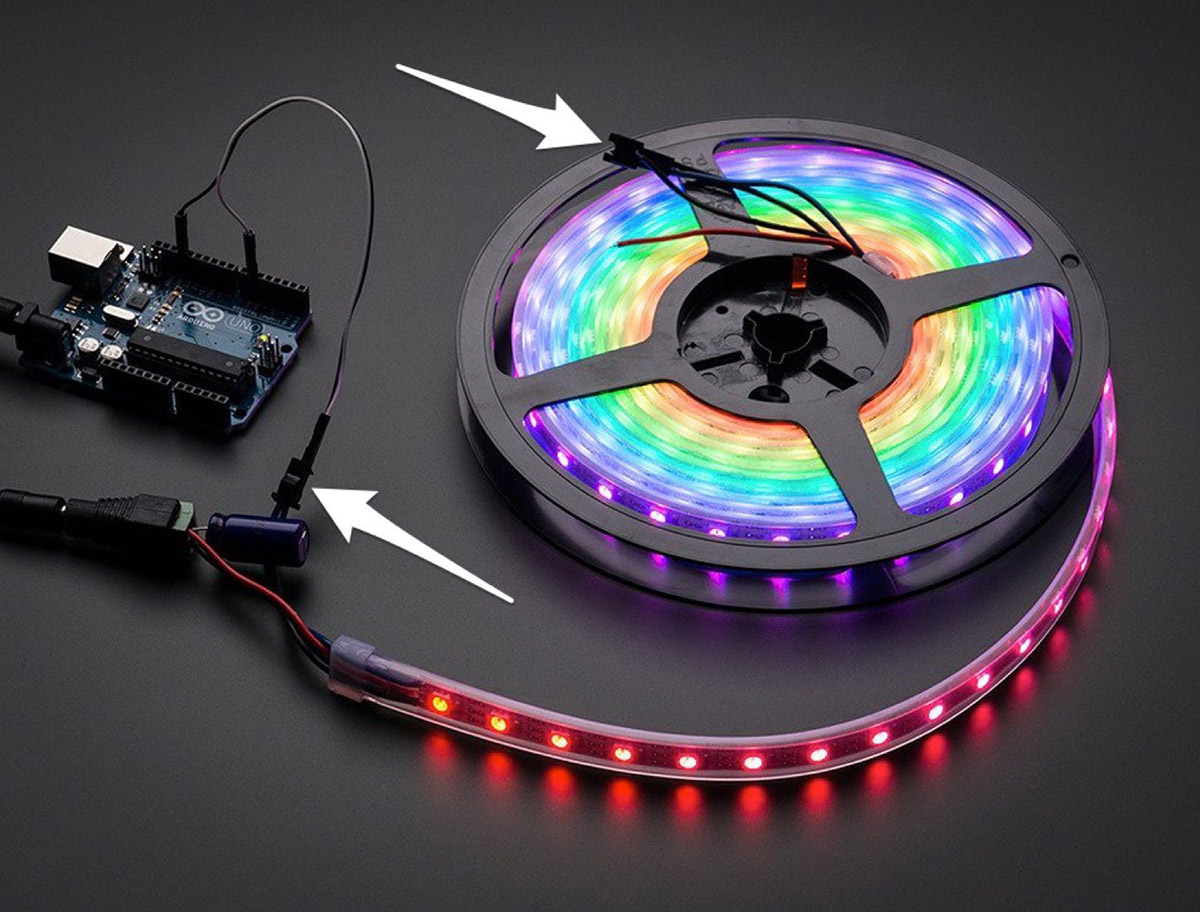
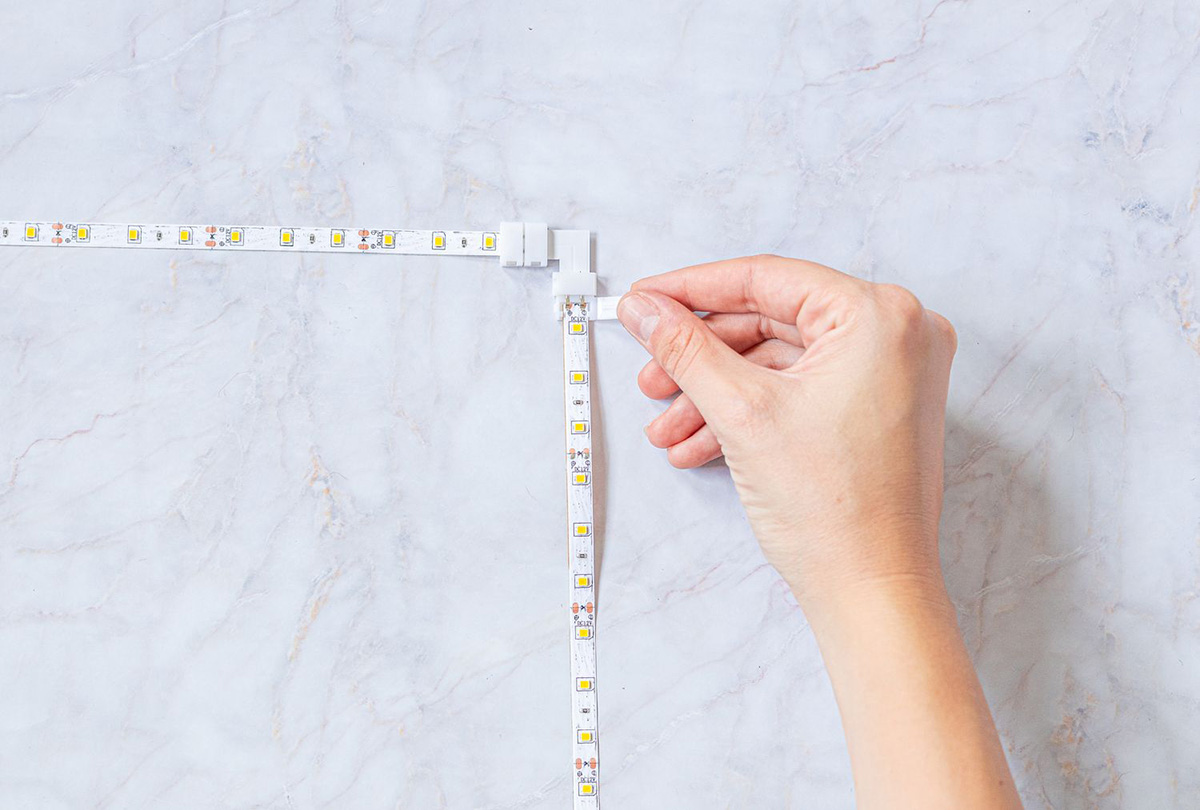
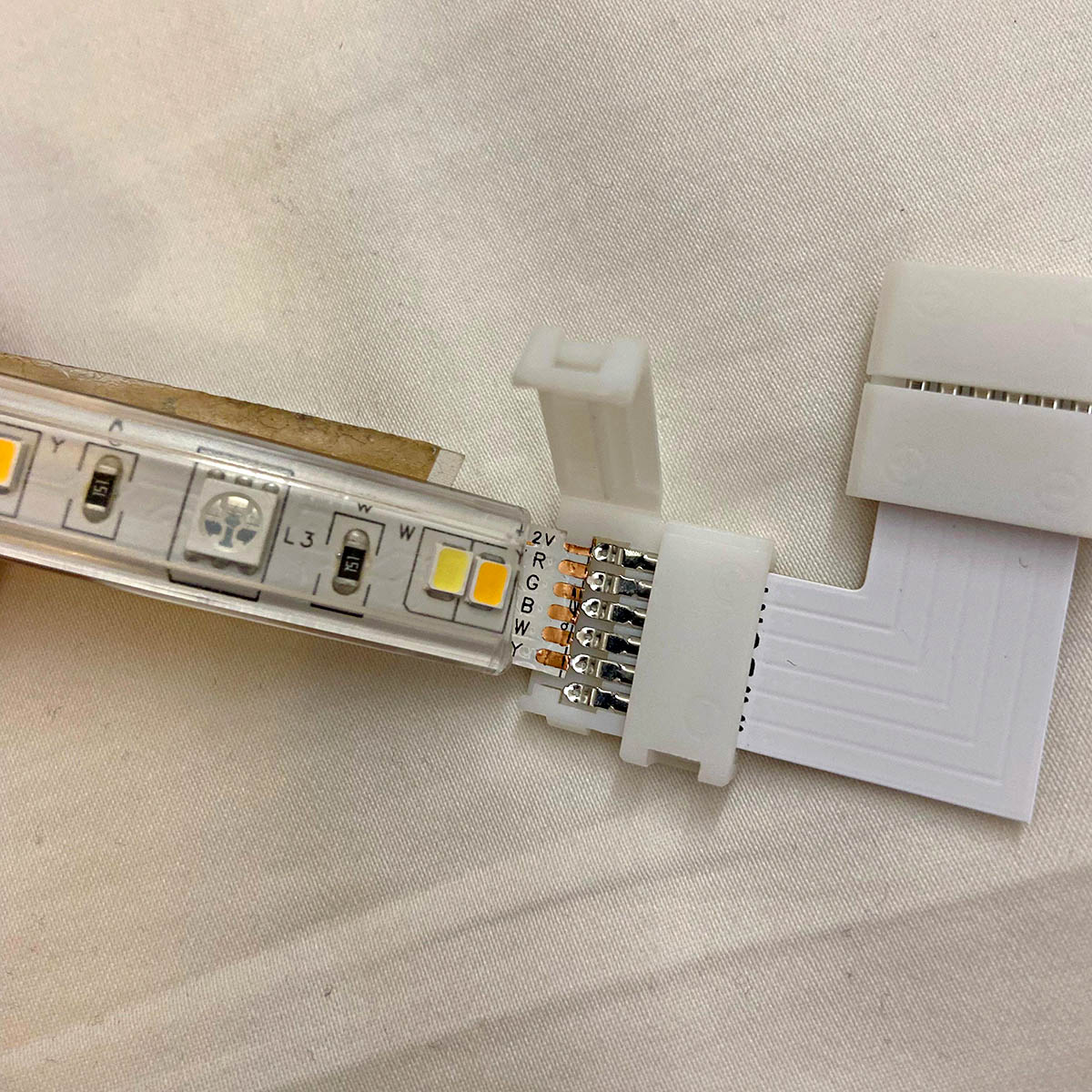
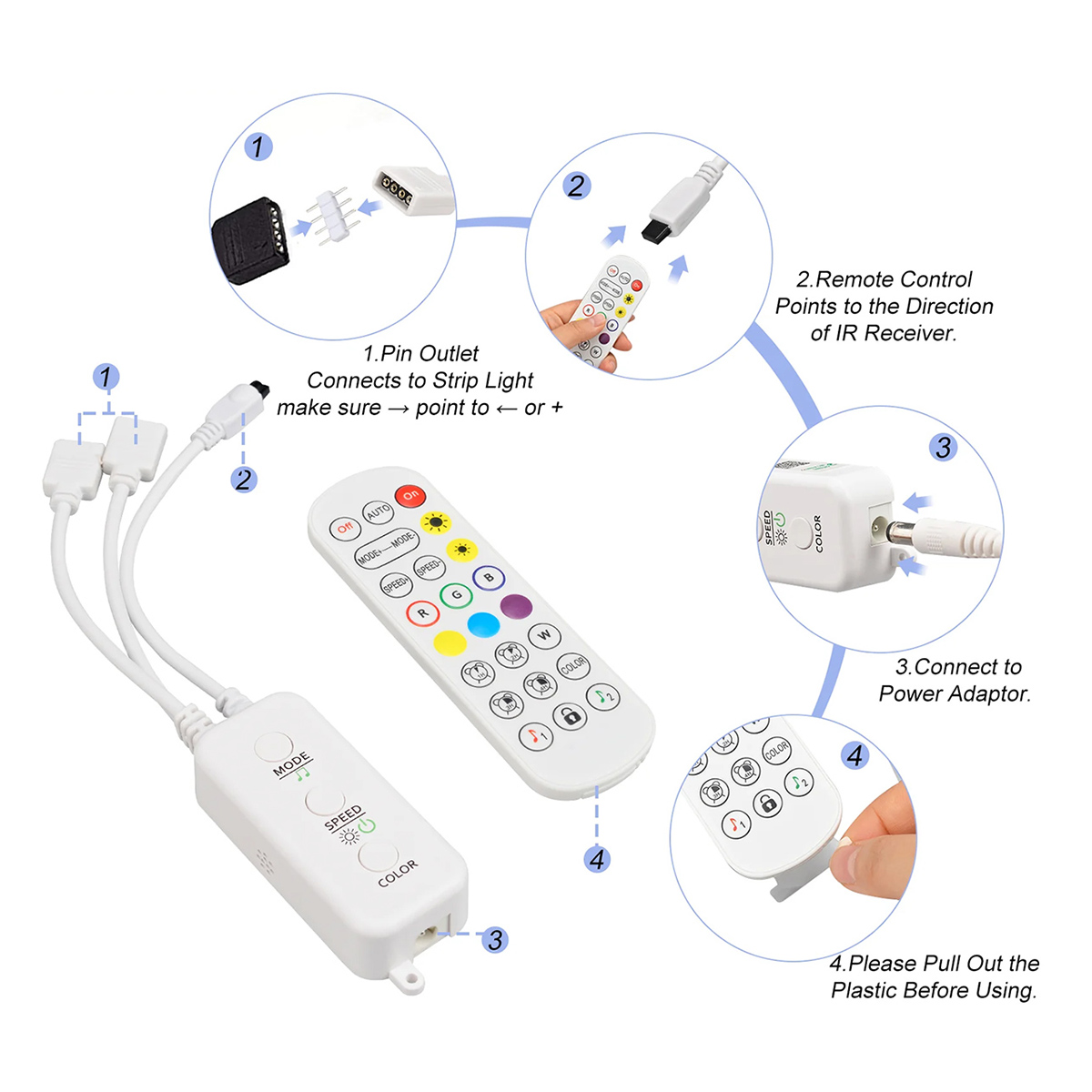
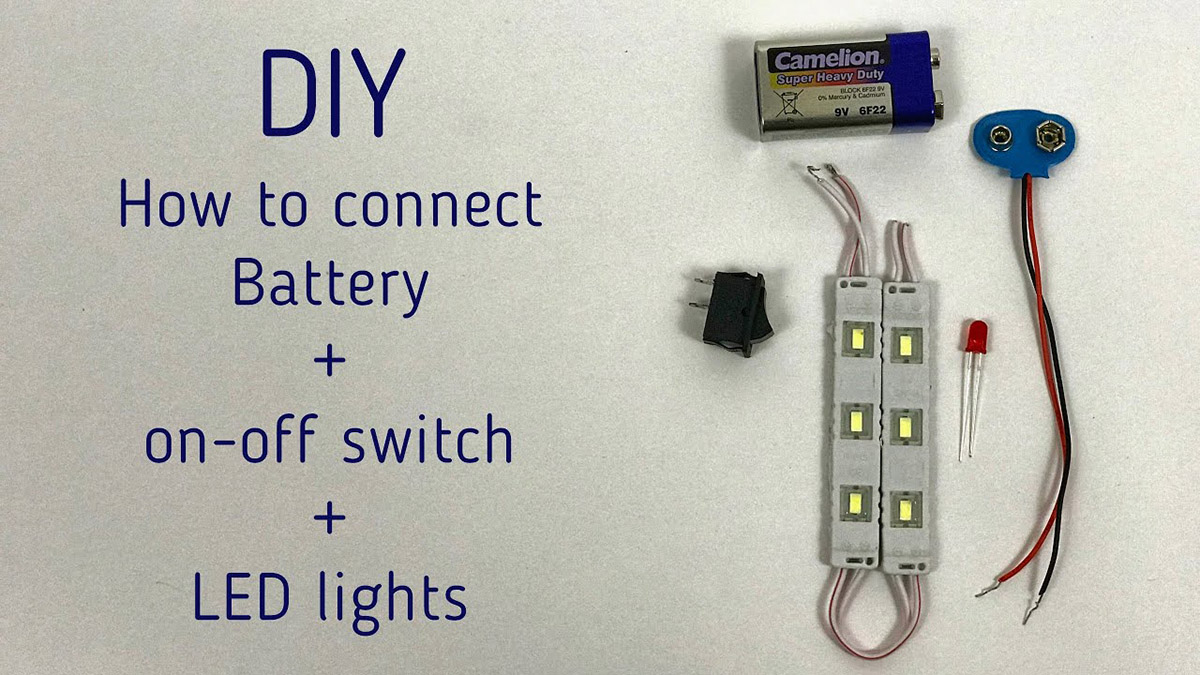

0 thoughts on “How To Store LED Strip Lights”